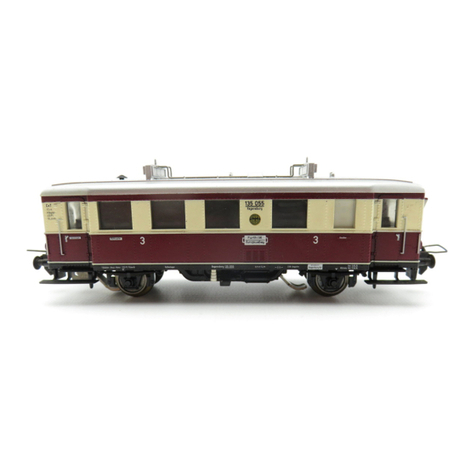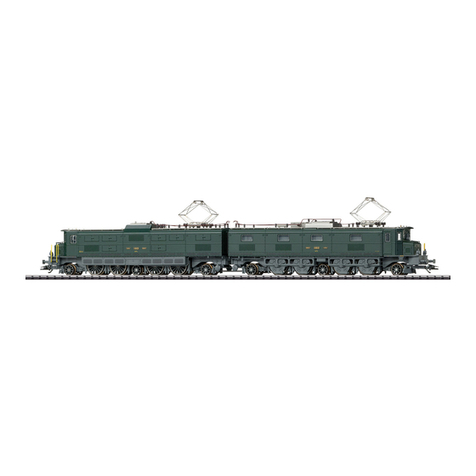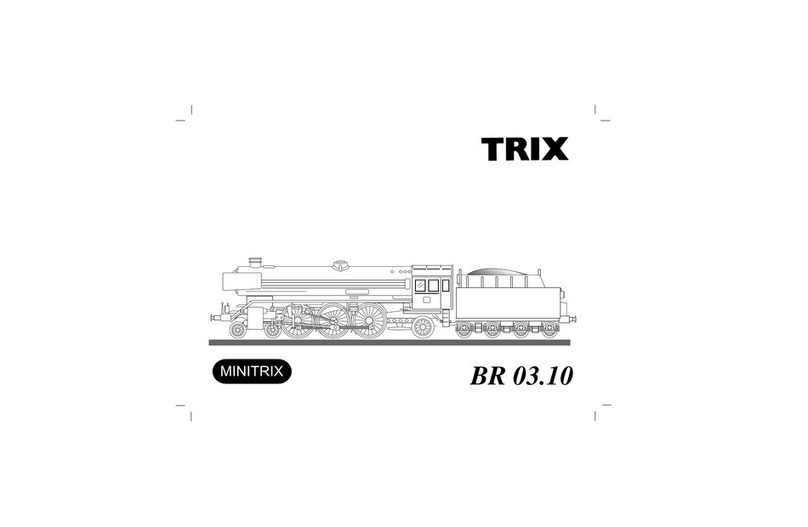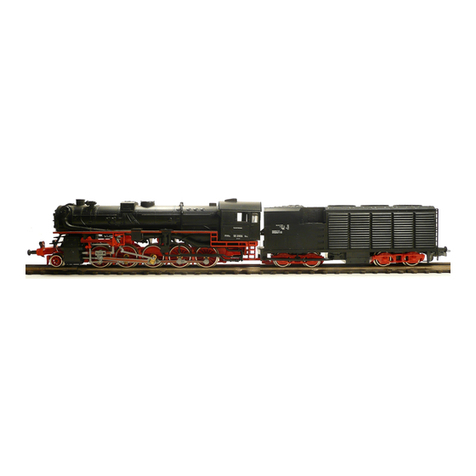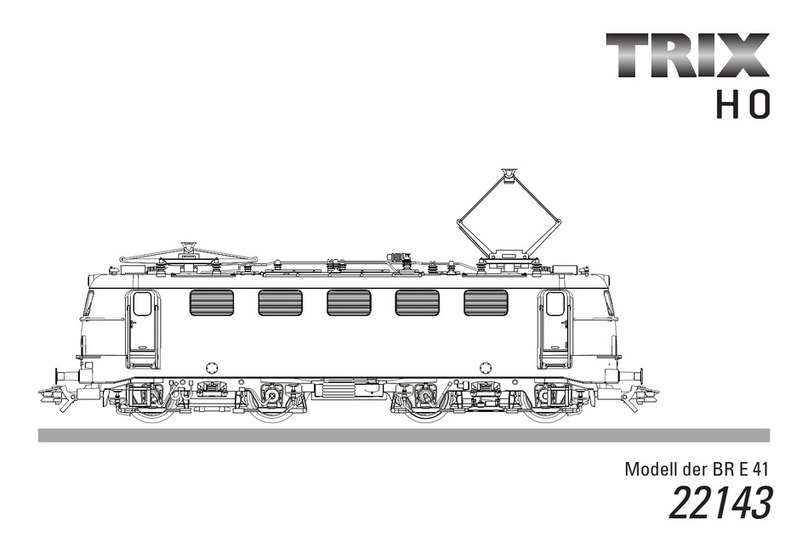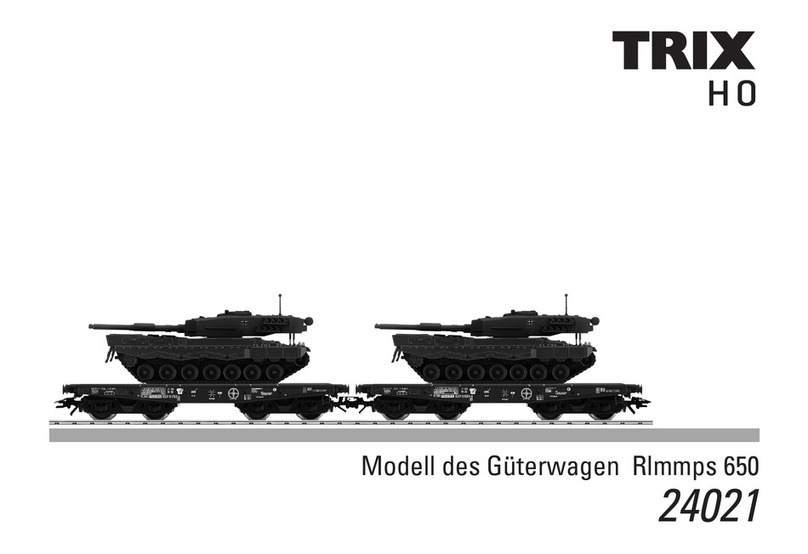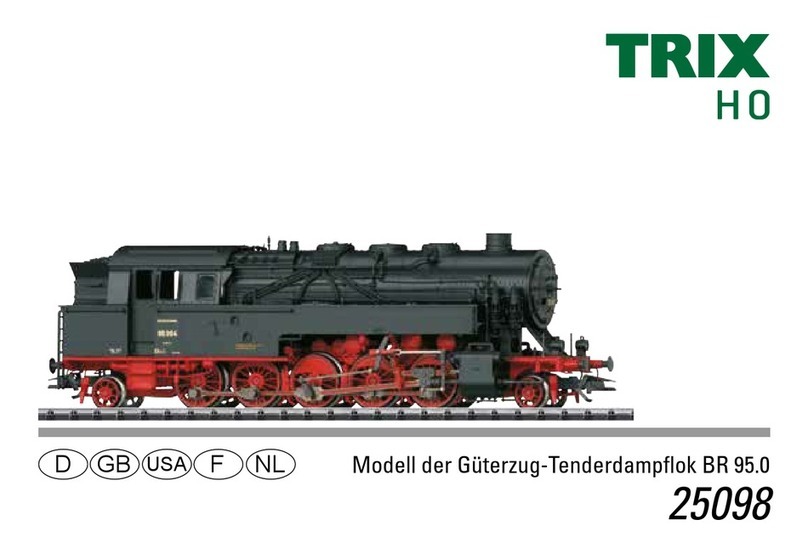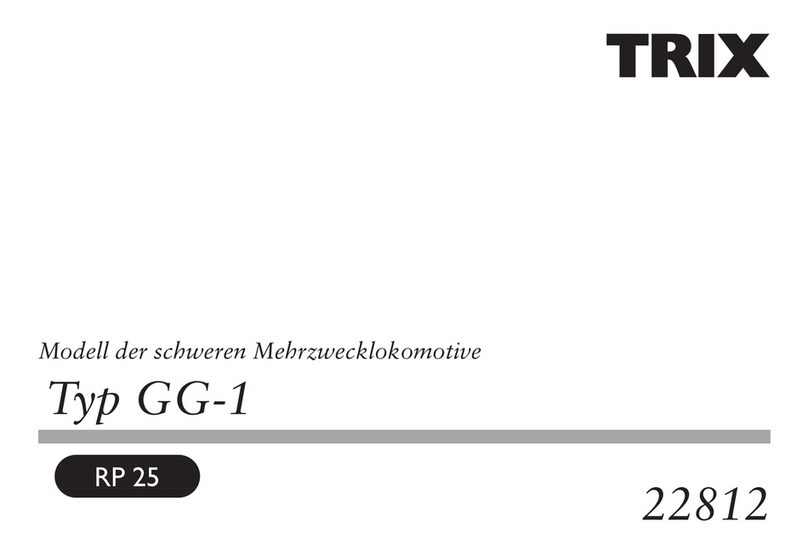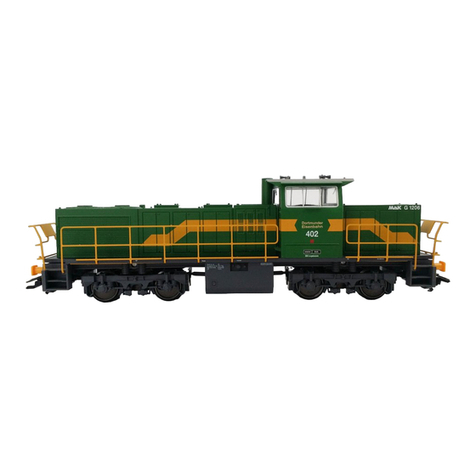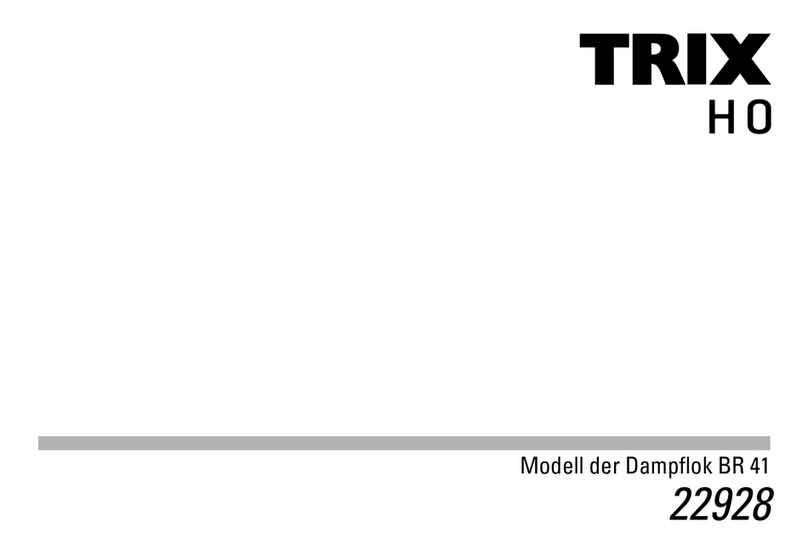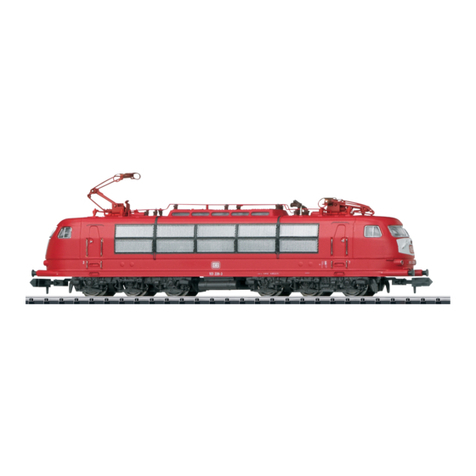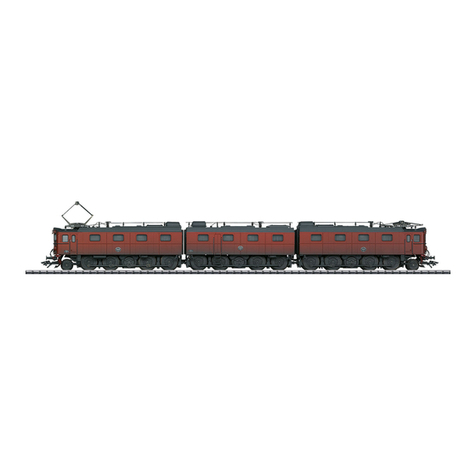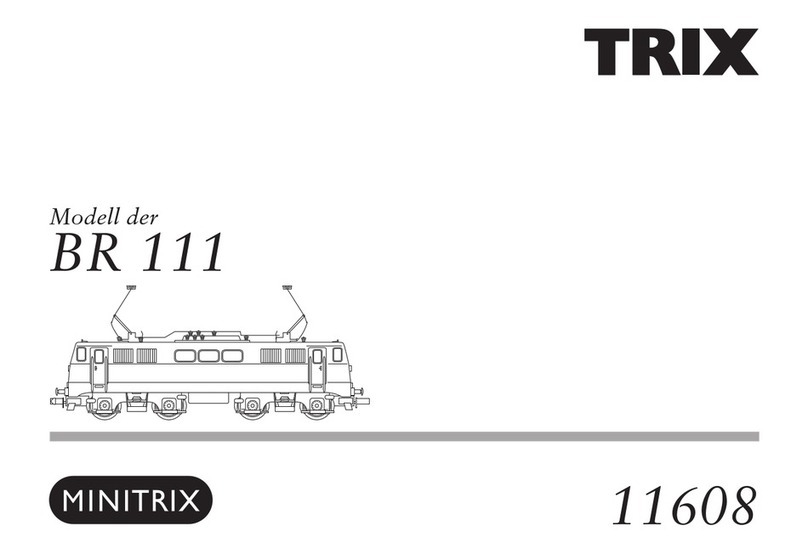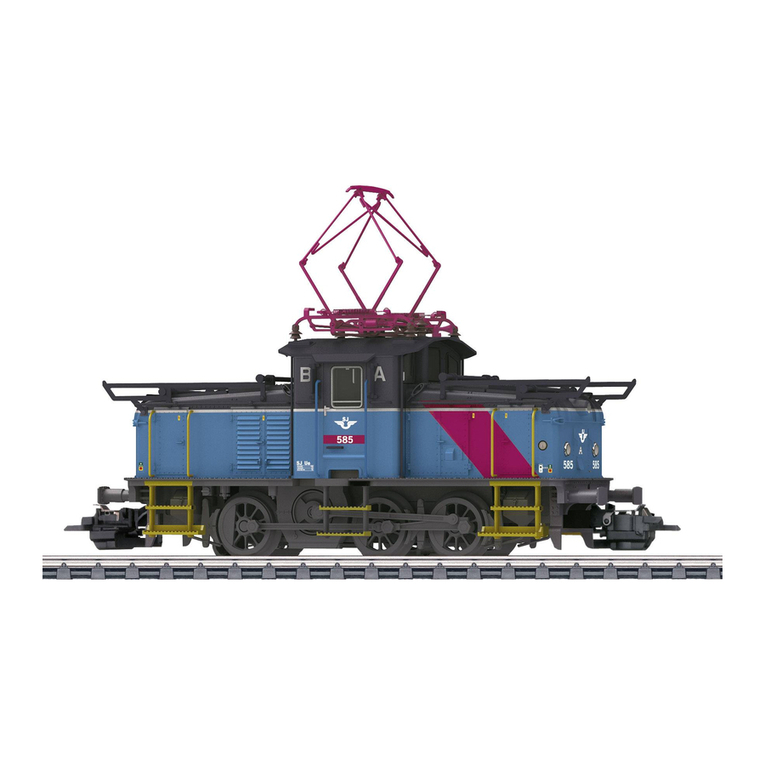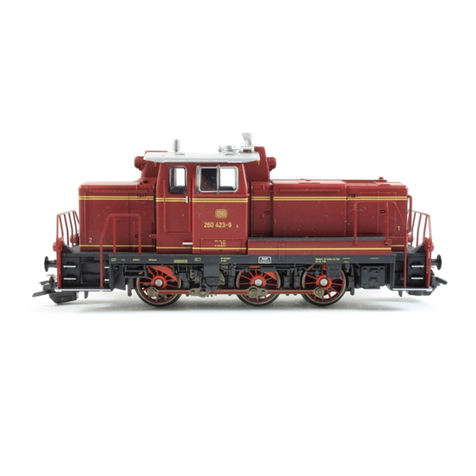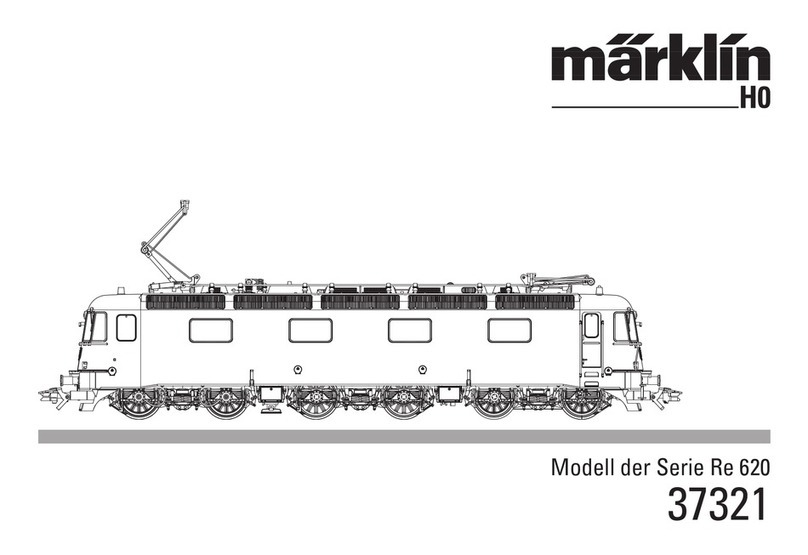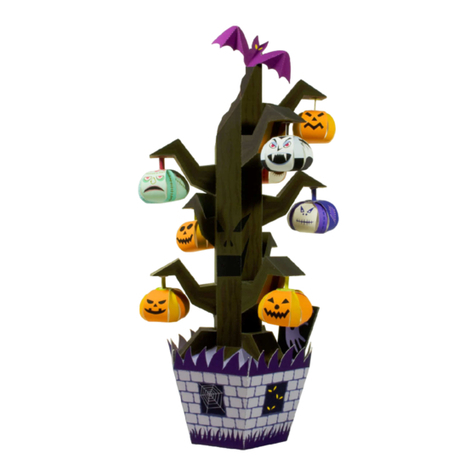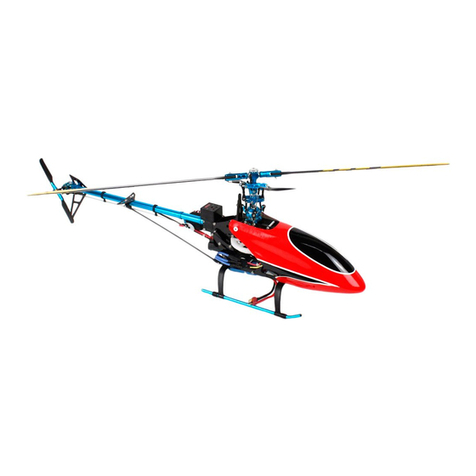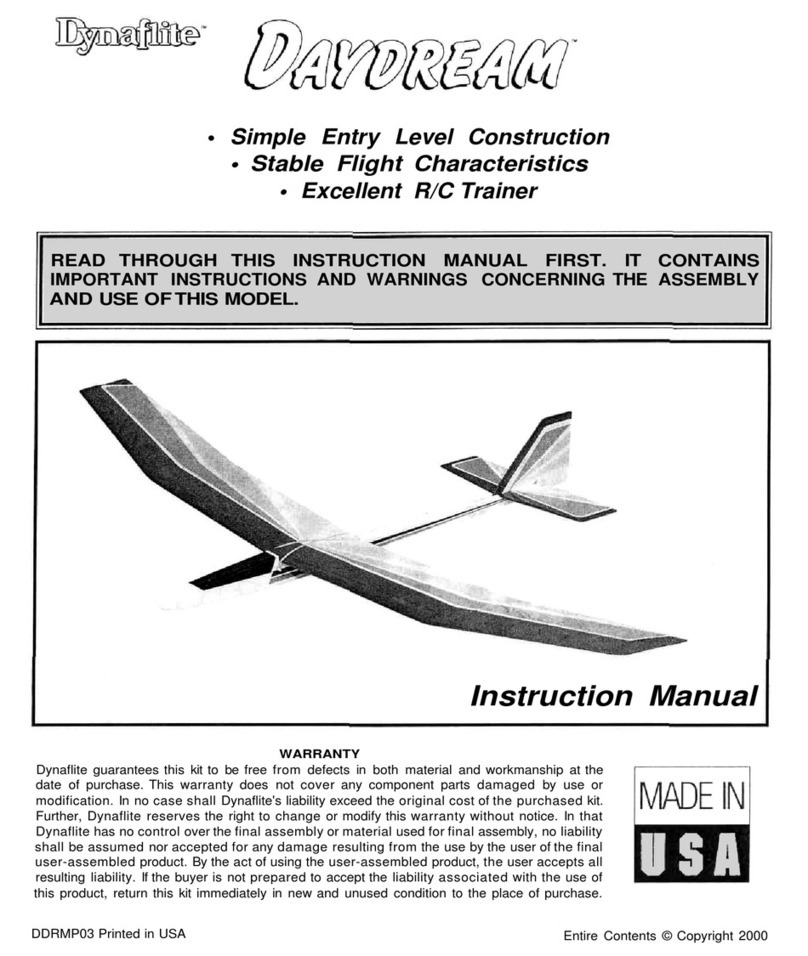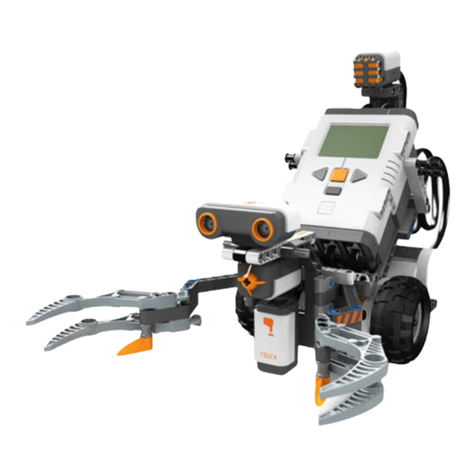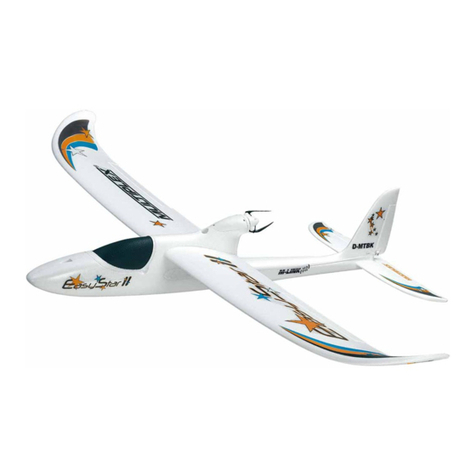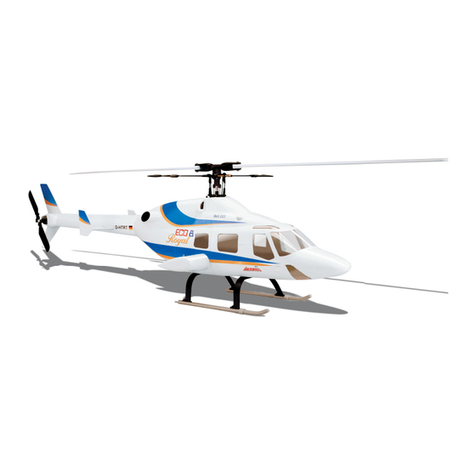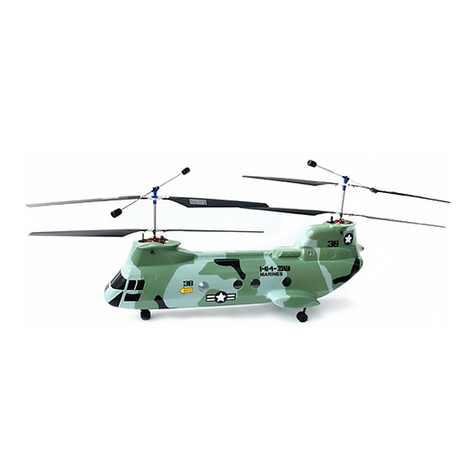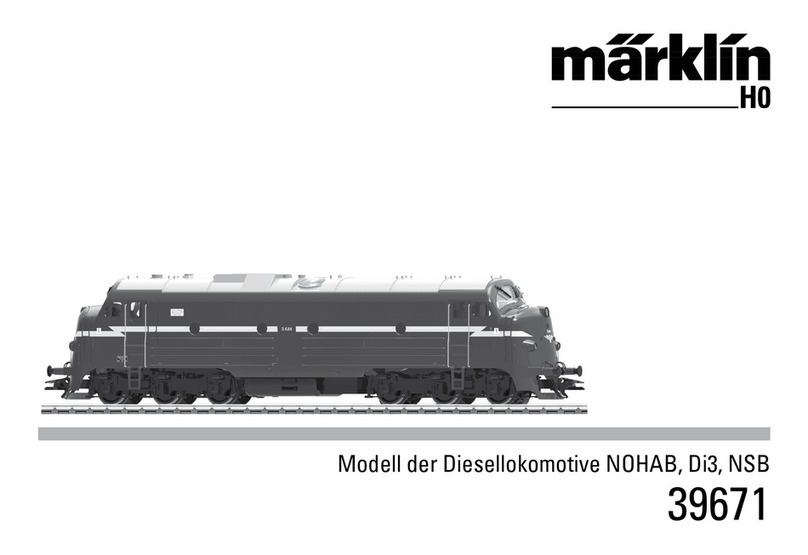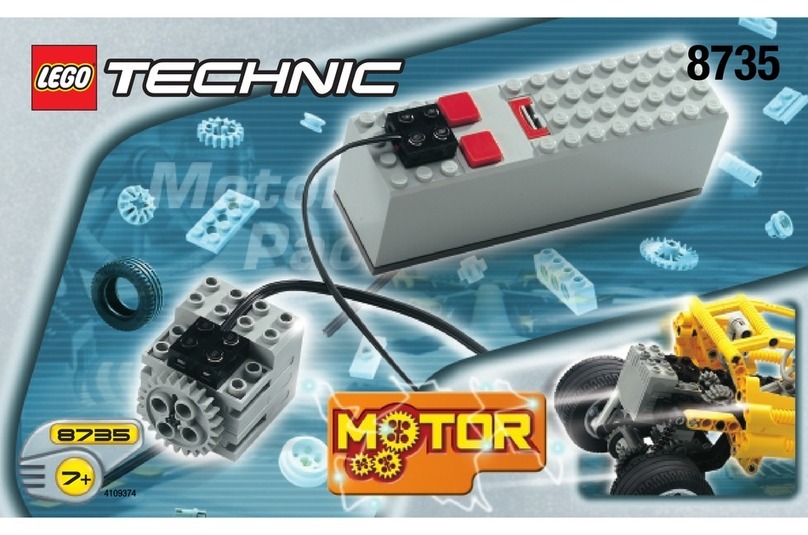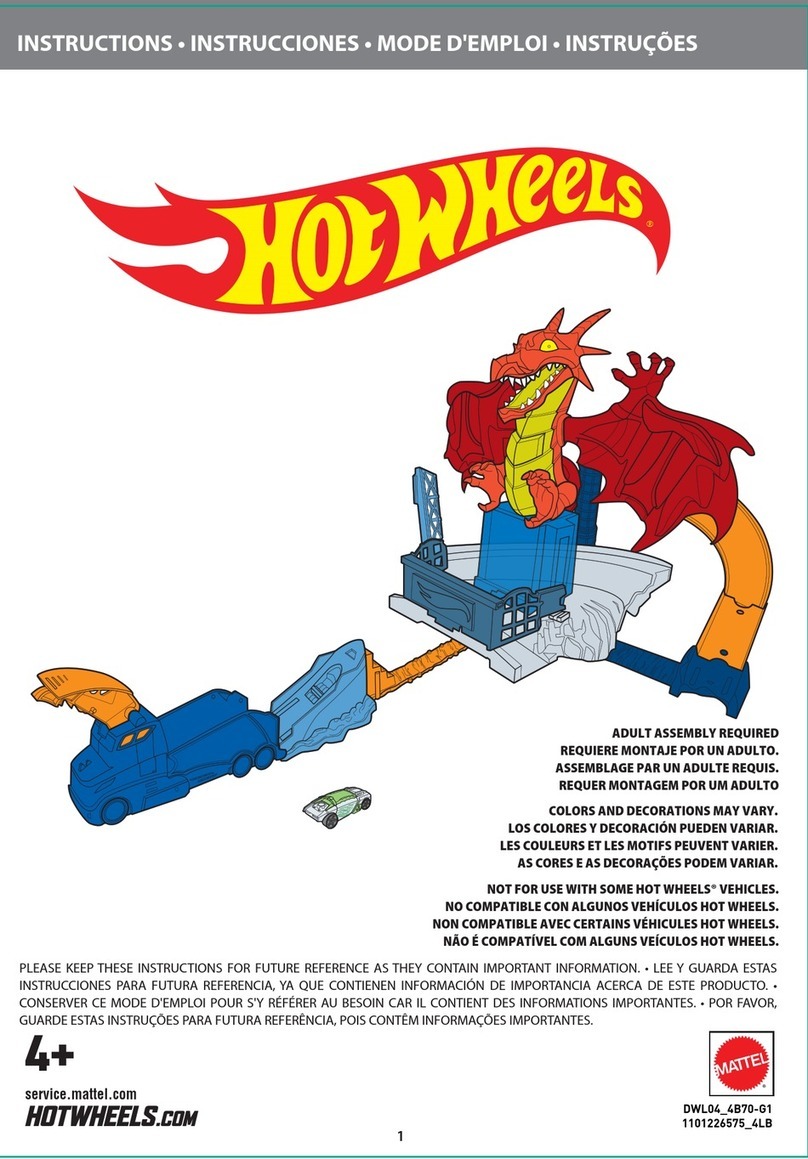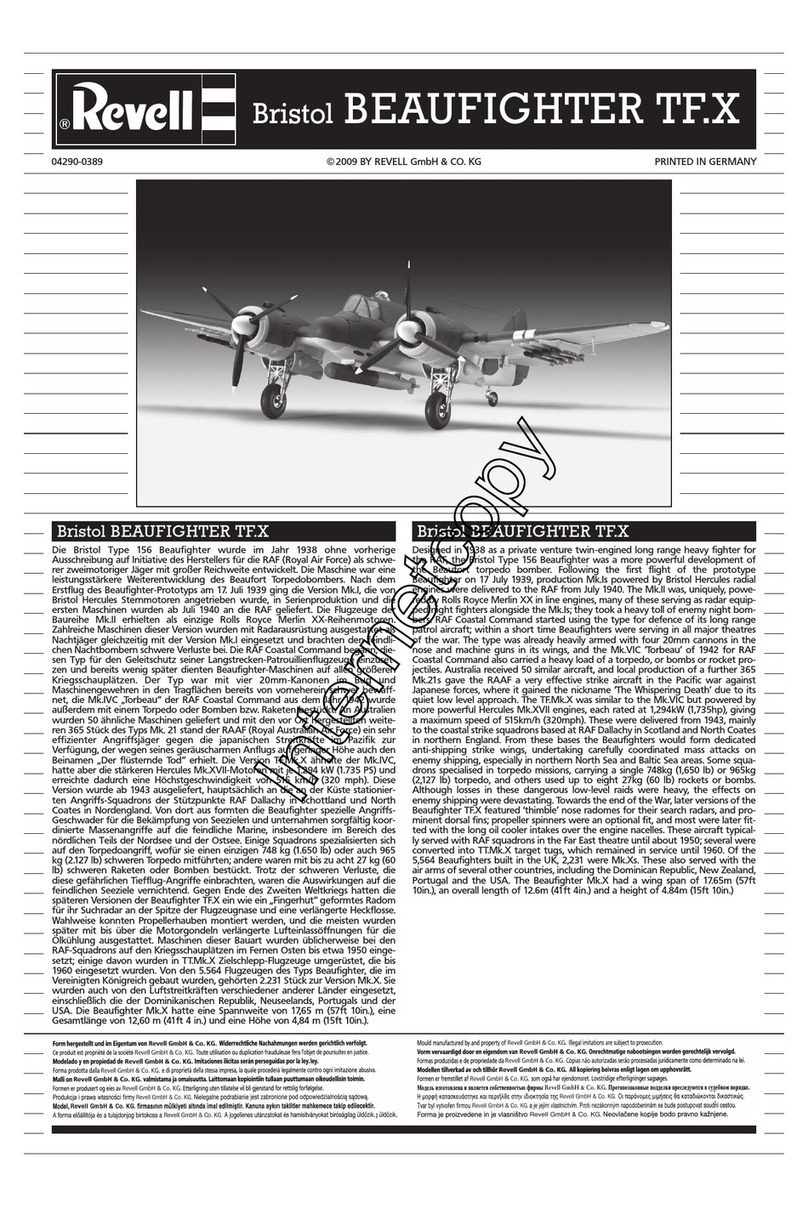4
Informationen zum Vorbild
Anfang der 50er-Jahre suchte die Deutsche Bundesbahn
nach einer Lokomotive, die allen Anforderungen des
Bahnbetriebes gerecht werden konnte. Obwohl mit 5 Vo-
rausexemplaren der E 10 gute Ergebnisse erreicht wurden,
entschloss sich die DB, den Plan der Universallokomotive
aufzugeben. Für zukünftige Beschaffungen wurde ein Typen-
programm von Lokomotiven mit einheitlichen Baugruppen
aufgestellt. Dadurch wird die Fertigung und Instandhaltung
wesentlich vereinfacht. Die zwei wichtigsten Baureihen
(BR) sind die elektrisch und mechanisch nahezu gleich
aufgebauten E 10 (ab 1968: BR 110) und E 40 (BR 140), die in
zusammen fast 1.300 Exemplaren gefertigt wurden. Beide
erbringen eine Motorleistung von 3.620 kW, die für den
Schnellzugverkehr vorgesehene BR 110 hat eine Getriebe-
übersetzung für 150 km/h, die für Güterzüge bestimmte
BR 140 für 100 km/h. Die BR 139 ist eine Abwandlung der
BR 140 für den Steilstreckenbetrieb. Ab der Betriebsnummer
E 10 288 änderte sich das Äußere der Lokomotiven. Ein
aerodynamischer Kastenaufbau, verkleidete Puffer, eine
Schürze unter den Puffern und ein an beiden Seiten ganz
durchlaufendes Jalousieband sind einige der besonderen
Merkmale.
Information about the prototype
At the beginning the Fifties the German Federal Railroad
was looking for a locomotive that could meet all the needs
of railroad operations. Although good results had been
achieved with 5 prototypes of the E 10, the DB decided to
abandon the plan for a general-purpose locomotive. A pro-
gram of locomotives with standard class groups was esta-
blished for future purchases. This simplified considerably
the construction and maintenance of the locomotives.
The two most important classes were the E 10 (starting in
1968: class 110) and the E 40 (class 140). These locomotives
were almost identical electrically and mechanically, and a
total of almost 1,300 units were built. Both have an output
of 3,620 kilowatts / 4,855 horsepower; the class 110 for
express train service had a gear ratio for 150 km/h /
94 mph, the class 140 for freight trains had a ratio for 100
km/h / 63 mph. The class 139 was a variation of the class
140 for operation on steep grades. The exterior of the lo-
comotives changed starting with road number E 10 288. An
aerodynamic unit-body, buffers with streamlined cladding,
skirting under the buffers, and a continuous cooling grill on
both sides were some of the special features.

